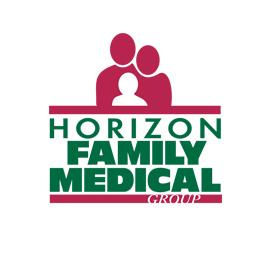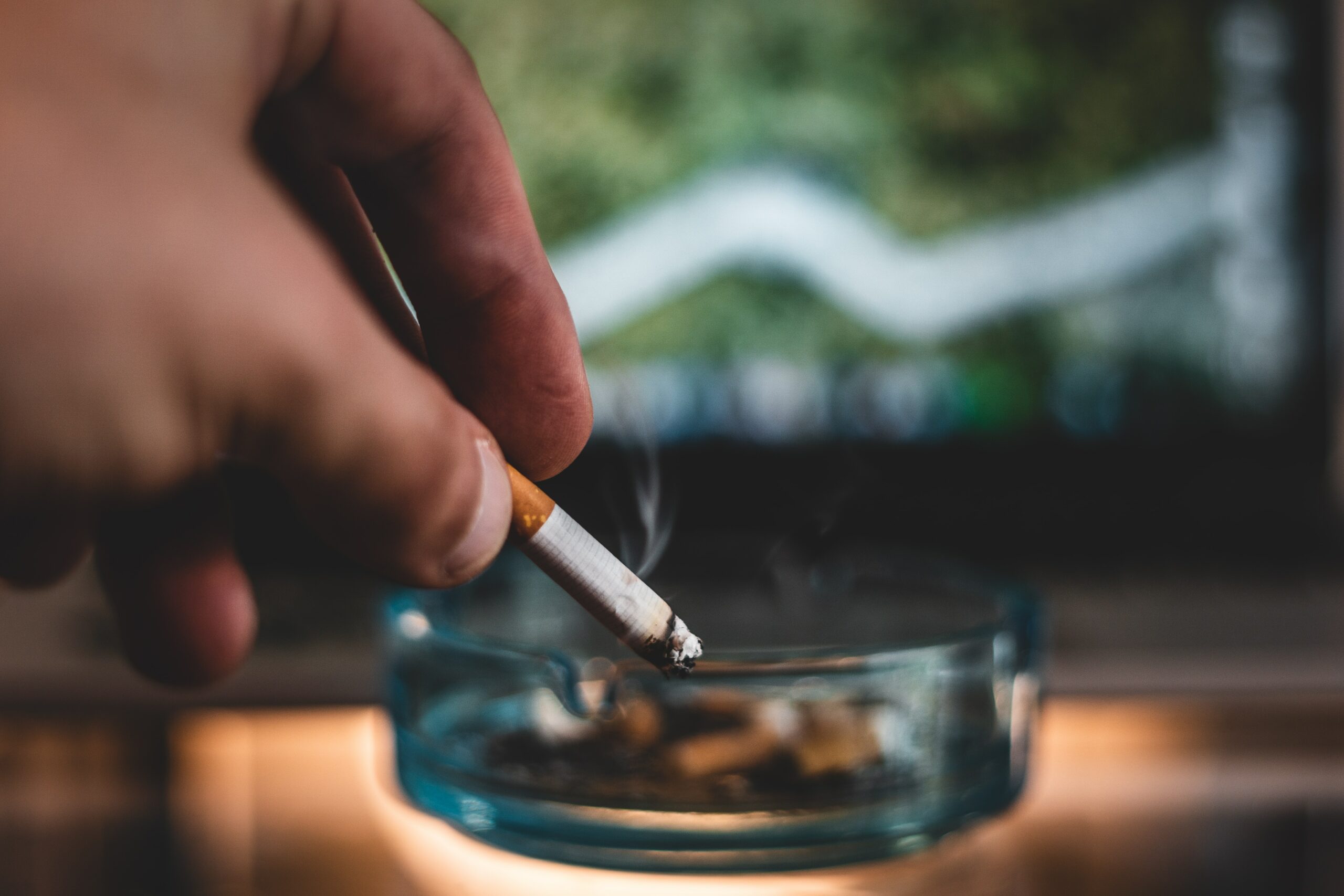Did you know that Lung Cancer is the #1 cancer killer of men and women? Every year 200,000 men and women are diagnosed with Lung Cancer and each year 150,000 people die from this disease.
African American men have the highest rates of Lung Cancer in the U.S.
Lung Cancer Risk Factors:
Cigarette smoking is the number one risk factor for lung cancer. In the United States, cigarette smoking is linked to about 80% to 90% of lung cancer deaths. Using other tobacco products such as cigars or pipes also increases the risk for lung cancer. Tobacco smoke is a toxic mix of more than 7,000 chemicals. Many are poisons. At least 70 are known to cause cancer in people or animals.
People who smoke cigarettes are 15 to 30 times more likely to get lung cancer or die from lung cancer than people who do not smoke. Even smoking a few cigarettes a day or smoking occasionally increases the risk of lung cancer. The more years a person smokes and the more cigarettes smoked each day, the more risk goes up.
People who quit smoking have a lower risk of lung cancer than if they had continued to smoke, but their risk is higher than the risk for people who never smoked. Quitting smoking at any age can lower the risk of lung cancer.
Cigarette smoking can cause cancer almost anywhere in the body. Cigarette smoking causes cancer of the mouth and throat, esophagus, stomach, colon, rectum, liver, pancreas, voicebox (larynx), trachea, bronchus, kidney and renal pelvis, urinary bladder, and cervix, and causes acute myeloid leukemia.
The health benefits of quitting smoking start almost immediately:
- 20 Minutes: Blood Pressure/Heartrate return to normal
- 8 Hours: Carbon Dioxide levels return to Normal/ Nicotine and Carbon Monoxide levels reduced by half
- 24 Hours: Carbon Monoxide eliminated from the body, lungs begin to eliminate mucus and debris
- 48 Hours: Nicotine eliminated from the body, taste and smell improve
- 72 Hours: Breathing is easier, bronchial tubes relax, energy levels increase
- 2-12 Weeks: Circulation improves
- 3-9 Months: Lung function increases up to 10%, coughing, wheezing breathing problems reduced
- 1 Year: Heart attack risk cut in half
- 10 Years: Lung cancer risk reduced by half
- 15 Years: Heart attack risk same as someone who has never smoked
“Quitting smoking is the best thing a person can do to reduce the risk of cancer”, says Susan Lennon, Director for the Center for a Tobacco-Free Hudson Valley.
“The best way to get help with quitting smoking is to see your healthcare provider. Smokers who receive assistance from their doctors are 2-3 times more likely to quit smoking successfully. Horizon Family Medical Group doctors are ready to help you quit smoking successfully. Talk to your Doctor today!”
To get additional help with quitting smoking in New York State, call the the New York State Smokers’ Quitline. They offer Free Quit Coaching, Tips and Tools. Call the New York State Smokers’ Quitline at 1-866-NYQUITS (1-866-697-8487) or visit www.nysmokefree.com. The Quitline also provides free nicotine replacement therapy (NRT) to eligible New Yorkers. Services are free and confidential.
November is the perfect month to make a quit smoking plan and use the Great American Smoke Out as a start. Let today be Day One on your quit smoking journey. Make this the day you begin a healthier life!
Resources:
Shareable info graphics:
- https://www.cdc.gov/cancer/lung/basic_info/african-american-infographic.htm
- https://www.cdc.gov/cancer/lung/basic_info/mortality-infographic.htm
Lung Cancer Risk Factors CDC:
Great American Smoke Out:

